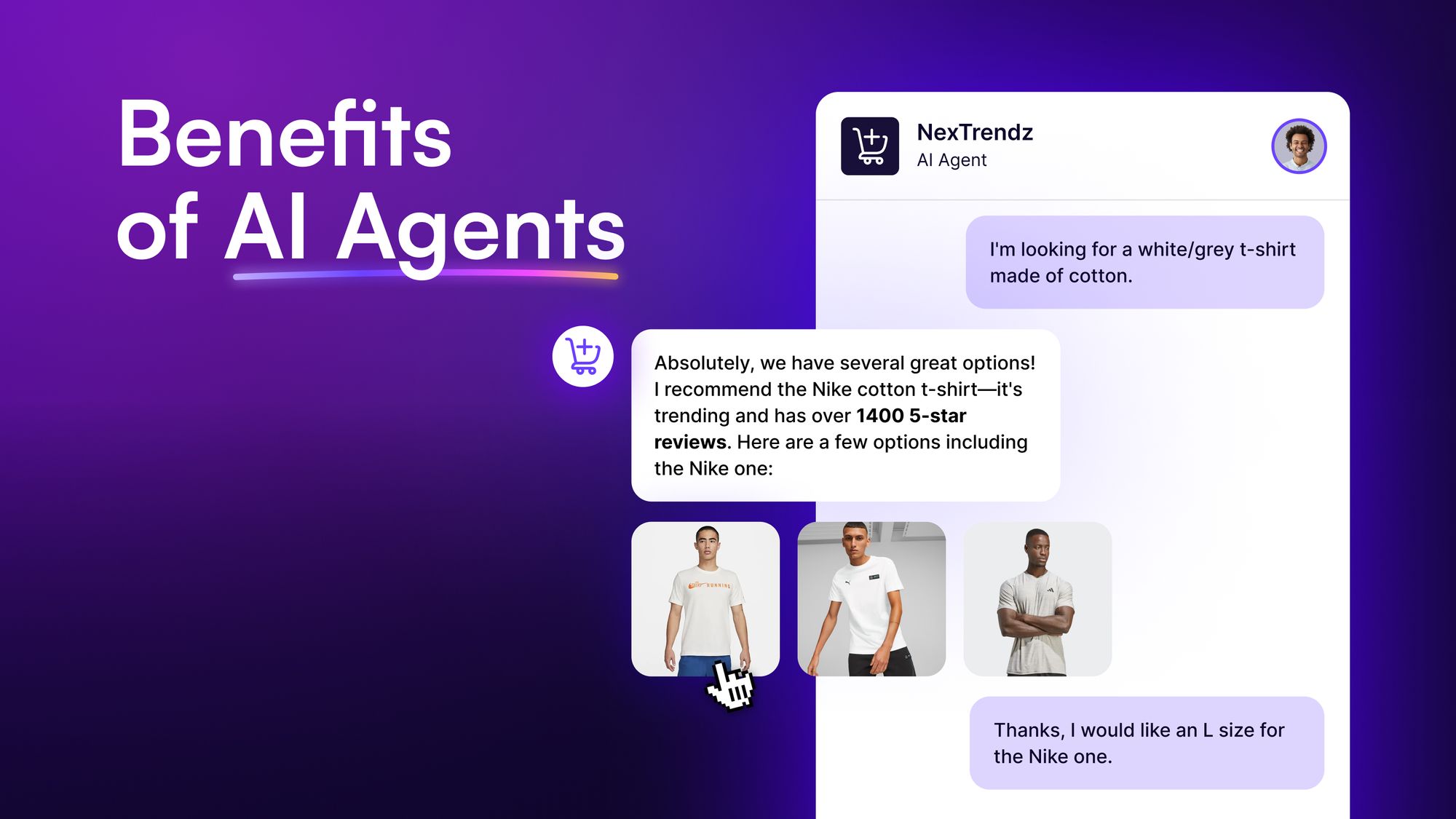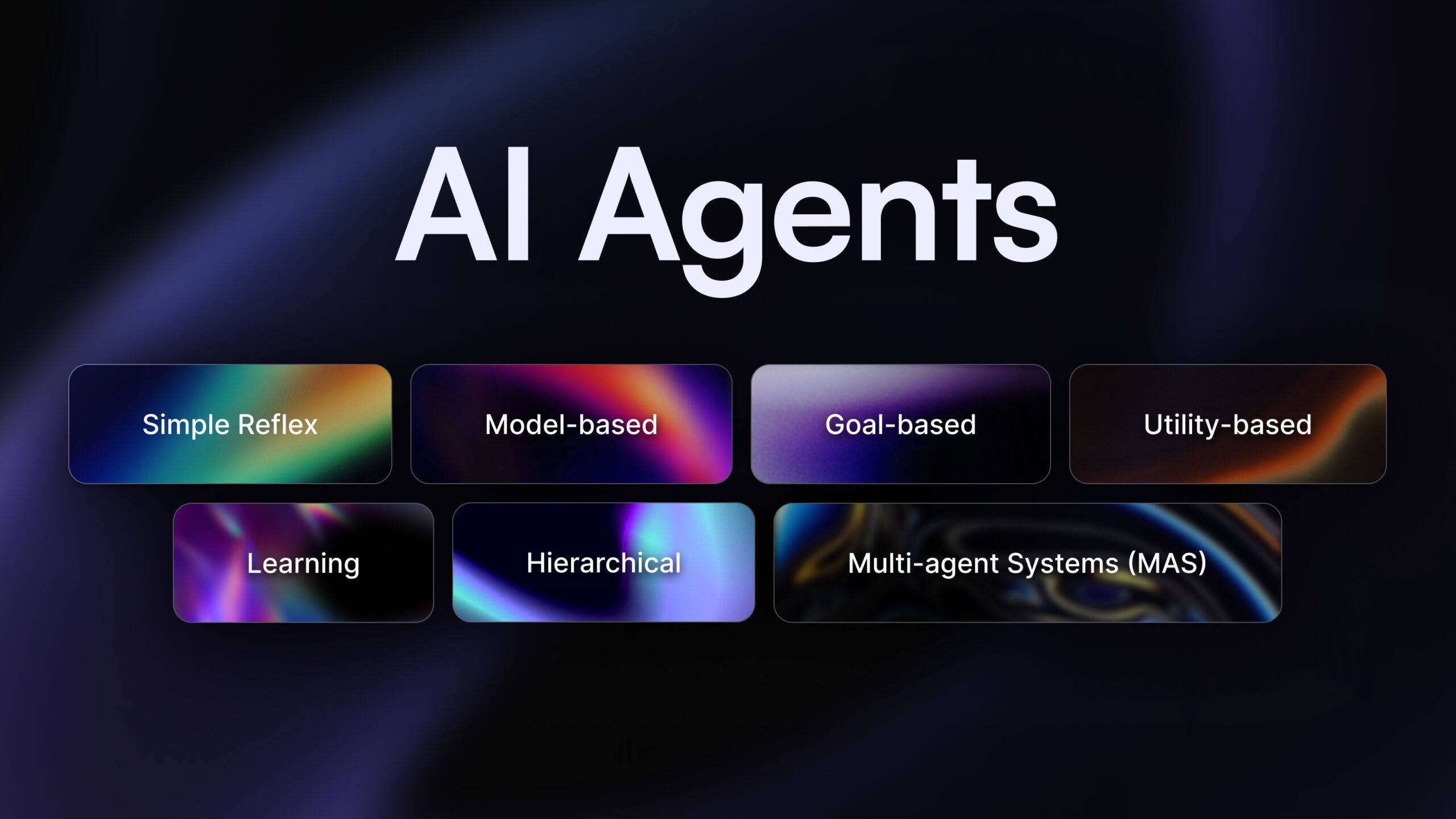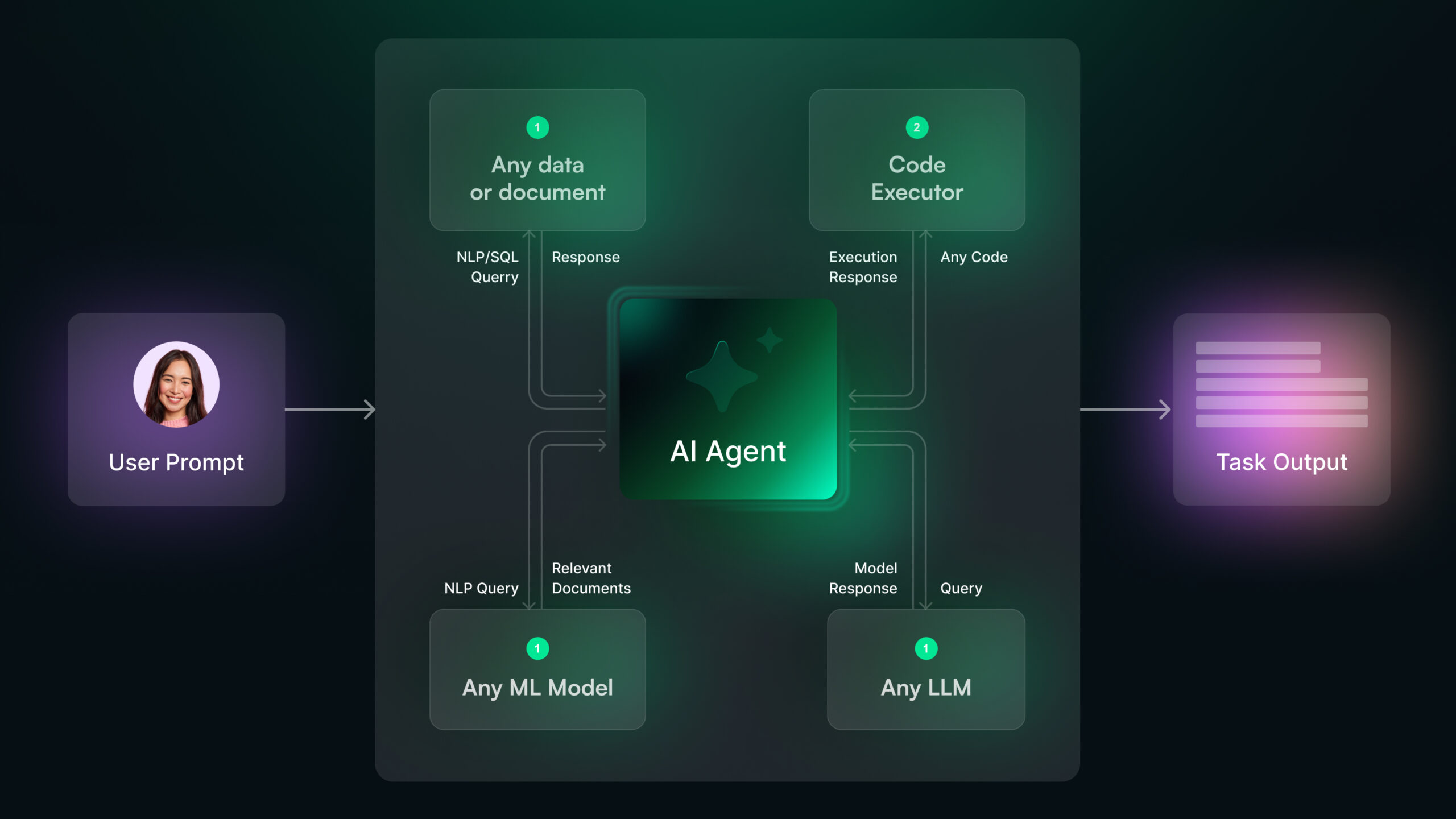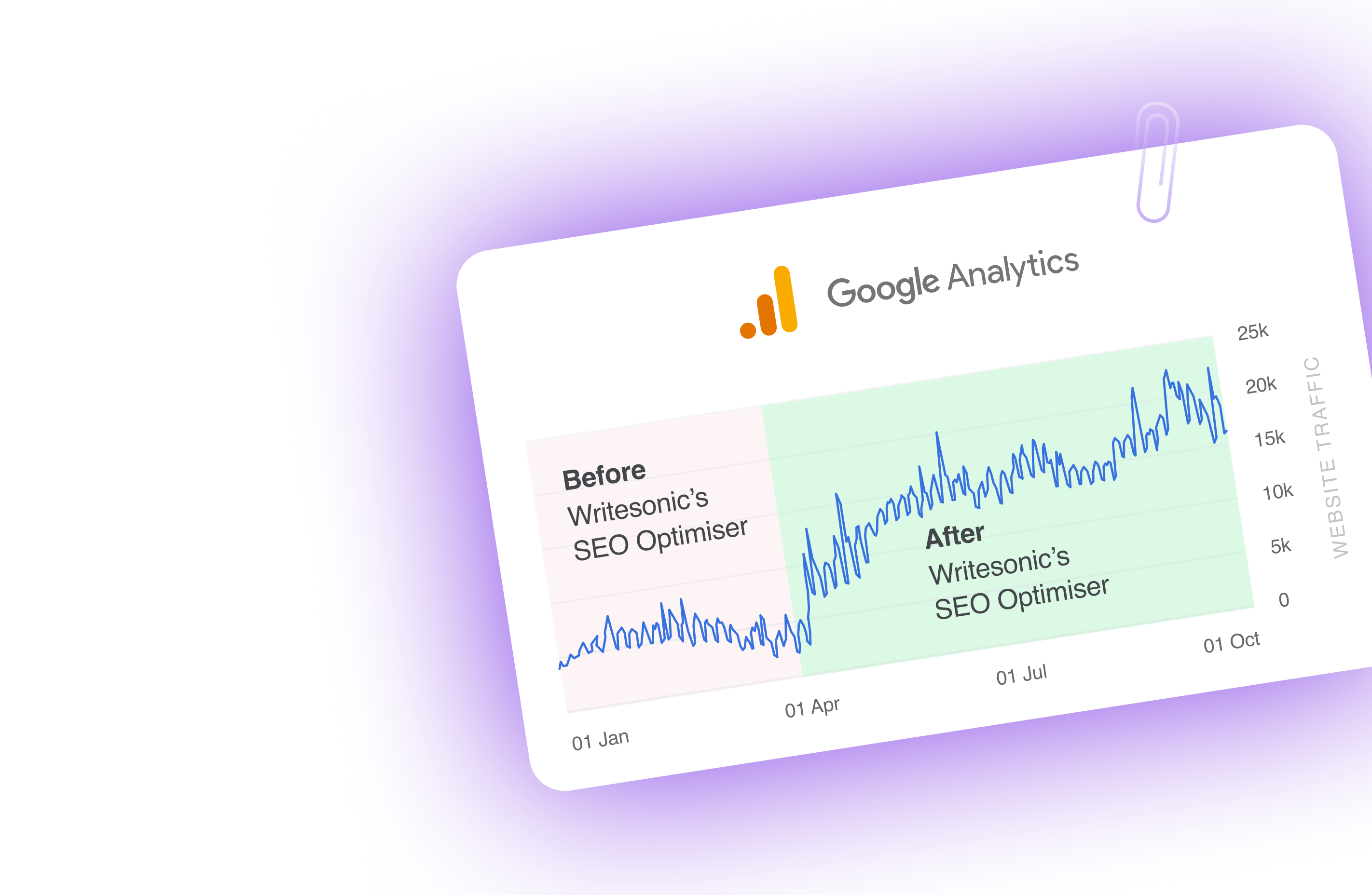Editing takes time. Even after multiple rounds of proofreading, small mistakes still slip through.
Fixing grammar and spelling is one thing, but ensuring clarity, consistency, and SEO optimization adds another layer of complexity.
Plus, manual editing slows everything down if you’re producing content in bulk.
But AI agents are changing this. These tools don’t just check for typos. They refine blog structures, adjust tone, fact-check information, and optimize content for search engines.
Instead of juggling multiple tools for editing, SEO, and research, AI handles everything in one place.
Now, let’s look at how you can incorporate AI agents into your editing process to improve content quality, save time, and maintain consistency at scale.
Why you need an AI agent for content editing
Editing used to be a painfully slow process. You’d run a spell-check, manually adjust tone, check facts one by one, and then optimize for SEO separately.
Now, AI writing tools handle all of this in one place—faster and with fewer errors.
Let’s break down exactly how AI agents, especially Chatsonic, help:
1. More accurate and consistent editing
Even the best writers make mistakes. Traditional grammar tools can catch basic errors, but they miss deeper issues like awkward phrasing, inconsistencies in tone, and structural problems. AI agents go beyond surface-level fixes by analyzing context and readability.
But some of the best types of AI agents, like Chatsonic, can fact-check content using real-time web searches. This is a huge advantage over AI models that rely on static datasets, which often contain outdated information.
This AI content agent ensures accuracy by pulling the latest sources instead of relying on pre-trained data if you’re writing about recent trends, industry updates, or statistics.
Maintaining a consistent brand voice is another challenge, especially for teams producing content at scale.
But AI agents like Chatsonic learn writing style preferences over time and apply them across all content. This means fewer manual revisions and more uniform messaging, whether you’re working on blog posts, product descriptions, or social media copy.
2. Faster turnaround times and less manual effort
Editing slows down content production. Reviewing structure, rewriting awkward sentences, and optimizing for SEO takes time, especially for long-form content. AI speeds up the process by handling these tasks in seconds.
Instead of manually checking every paragraph, AI content writing agents suggest improvements instantly. It highlights areas where the writing could be clearer, recommends alternative phrasing, and ensures content flows logically.
This means editors spend less time on minor fixes and can focus on more strategic work.
Chatsonic also eliminates the need to switch between different tools. Instead of using one platform for grammar, another for SEO, and another for fact-checking, everything is handled in a single interface.
For content teams managing multiple projects at once, this means fewer bottlenecks and faster delivery. Writers can produce more content without compromising on quality, and editors can work more efficiently without being overwhelmed by revisions.
3. Built-in SEO optimization
Good content isn’t just well-written. It also needs to rank on search engines. AI SEO tools make sure your writing is not only clear but also optimized for visibility.
Chatsonic suggests relevant keywords and naturally integrates them into the content. It ensures meta tags, headings, and overall structure are formatted for search engines. This reduces the need for separate keyword research tools and manual optimization.
Instead of guessing which terms to use or tweaking sentences to fit keywords, AI handles this automatically. It also checks readability to ensure that content is engaging and easy to skim.
For marketers, this means every piece of content is optimized before publishing. Instead of revisiting old posts to improve SEO, everything is structured correctly from the start.
4. Scales across different types of content
AI adapts to different writing styles and formats. Whether you’re working on a blog, a report, an ad, or technical documentation, it adjusts accordingly.
If you’re writing for different audiences, AI can modify tone and structure to match the context. A casual blog post and a formal whitepaper require different approaches, and AI recognizes these differences.
It also simplifies complex content. Technical writing can be difficult to read, but AI can break down complicated concepts while keeping accuracy intact. This makes it easier to create content for a broader audience without losing important details.
For businesses managing content across multiple platforms, AI ensures consistency. Whether it’s a long-form article or a short product description, everything follows the same quality standards.
5. AI agents improve over time
The more you use AI, the better it gets. It learns from previous edits and adapts to your style preferences. This means the suggestions become more relevant the longer you work with it.
For industries with specific terminology, AI can be trained to recognize key terms and apply them correctly. This is especially useful for legal, medical, and technical content, where precision is critical.
AI also evolves with new information. Since Chatsonic integrates real-time web search, it continuously updates itself. This ensures that content stays accurate, even as trends and data change.
💡 Learn more about: The First Autonomous AI Agent That Handles Your Entire SEO Workflow
How to use AI agents for content editing
Editing content manually takes time. You have to refine the blog structure, check for clarity, ensure factual accuracy, and optimize for SEO.
Traditionally, this requires multiple AI writing tools and repetitive manual work—from running spell checks to researching accurate data and adjusting tone for different audiences.
AI agents like Chatsonic simplify this entire process by automating SEO optimization, content refinement, fact-checking, and more. Instead of switching between different tools, everything happens in one place.
Here’s how you can make the most of Chatsonic for different content editing tasks:
1. Blog post refinement
Refining a blog post goes beyond fixing typos. You need to ensure logical flow, engaging structure, and readability. Of course, this process can be quite time-consuming, depending on the article length and the number of posts you need to edit.
Not to mention, many mistakes can be often overlooked through a human editing process.
But with tools like Chatsonic, you can just let artificial intelligence analyze your content and provide real-time suggestions to improve sentence structure, adjust tone, and make your writing more engaging.
Start by inputting your draft into Chatsonic and providing a clear prompt, like:
“Refine this blog for better readability and structure while keeping a conversational tone.”
Chatsonic will then:
- Identify redundant or unclear sentences and suggest clearer alternatives.
- Improve paragraph transitions to enhance readability.
- Adjust the tone to match your target audience (e.g., casual, professional, informative).
For example, we had this 1000-word blog about Donald Trump’s latest policies, but as you can see, the content is not very easy to read, lacks structure, and does not follow the best practices of article writing:
After running this content through Chatsonic, the AI:
- Broke long paragraphs into shorter, digestible sections.
- Suggested more natural transitions between sections.
- Recommended rewording certain sentences for better clarity.
- Restructured the blog with clear subheadings for easier reading.
The result? A more structured and engaging blog post without the need for manual rewrites:
2. Fact-checking content for accuracy
Misinformation is a problem, especially when covering data-driven or technical topics or research-related content. However, many AI tools trained on static datasets often provide outdated or incorrect facts leading to AI hallucination.
Chatsonic solves this with real-time web search, ensuring your content is accurate and up to date.
Instead of manually searching for updated information, you can enter your content into Chatsonic and ask it to verify the data backed by reliable sources.
Chatsonic will:
- Search the web in real-time and fetch the latest reports, articles, and sources.
- Provide a more recent statistic if available.
- Cite the source so you can verify the accuracy yourself.
For example, here’s how we tested Chatsonic by fact-checking the same content about Trump’s latest policies as of January 2025:
Instead of conducting manual Google searches, the AI provided instant access to the latest research. This is especially useful for industries like tech, finance, and healthcare, where data accuracy is critical.
💡 Also read: Top 6 ChatGPT Alternatives for Research in 2025
3. Optimizing blogs for SEO
Great content won’t perform well if it isn’t optimized for search engines. SEO isn’t just about stuffing keywords—it involves proper structure, readability, and relevance.
But optimizing blogs for SEO involves a lot of tool hopping, leading to additional resources, higher costs for small teams, and a lot of manual efforts.
Think about it. When you’re done writing a blog, a traditional SEO optimization process would involve an SEO checker tool, keyword research tools, competitor analysis, and more. Fortunately, with Chatsonic, you can leave all the heavy lifting to AI without jumping between different tools.
Chatsonic’s integrations with Ahrefs and Writesonic’s AI Article Writer make blog SEO optimization seamless and hassle-free. For example, you can input your blog draft and ask Chatsonic to optimize the content for SEO, suggest relevant keywords, and improve readability.
In return, Chatsonic will:
- Identify primary and secondary keywords based on real-time search trends.
- Suggest keyword placement for better search rankings.
- Improve meta descriptions and headings to make content more search-friendly.
We optimized blog content about AI hallucinations using Chatsonic. In return, the AI SEO agent:
- Suggested long-tail and primary keywords that were trending in recent searches.
- Recommended better title variations based on search intent.
- Adjusted sentence structure to improve readability scores (helpful for Google rankings).
After conducting thorough keyword research and SERP analysis, Chatsonic recommended keyword opportunities, metadata, and actionable strategies to improve the content for search engine rankings.
Finally, the agent suggested changes to the existing blog through an enhanced blog outline that covers important keywords within headings, content optimized for featured snippets, and an FAQ section:
By running your blogs through Chatsonic, you can ensure your content is SEO-ready before publishing. But that’s not all!
Once you’re done with the blog writing process using the AI agent, you can directly publish on WordPress within Chatsonic itself.
4. Content localization and translation
Expanding into global markets means adapting content for different languages and cultural nuances. Direct translation tools often miss context and tone, leading to awkward phrasing.
But with Chatsonic’s built-in SEO and multilingual capabilities with 30+ languages, the platform can help you target local and international SEO audiences.
For example, if you have content that is performing well in the U.S. but want to target the France region, just paste your content into Chatsonic and ask it to translate the blog into French while keeping it natural and culturally relevant.
Chatsonic will:
- Translate while maintaining the original meaning, context, and brand voice.
- Adjust phrasing to suit local audiences.
- Identify cultural nuances that may need rewording.
- Provide localized keyword suggestions to improve visibility in non-English searches.
In fact, you can do the same for product descriptions for an international market or even landing pages. As a result, content teams can reduce their spending on hiring translators or expensive AI translation tools.
5. Simplifying technical content
Technical writing often loses readers due to complexity. Simplifying jargon while keeping content accurate and engaging is a challenge.
With Chatsonic, you can simply input any technical or jargon-heavy content and ask it to simplify technicalities while keeping key details intact.
Chatsonic will:
- Reword complex jargon into plain English.
- Maintain accuracy while making content more readable.
- Adjust structure to make explanations clearer.
We used Chatsonic to refine a technical guide on blockchain technology. The original content was dense and hard to follow. Chatsonic was able to:
- Broke long explanations into concise, digestible sections.
- Simplified highly technical terms without losing their meaning.
- Suggested better formatting for clarity.
The final version was easier to read while still informative, making it more accessible to a broader audience.
💡 Learn more about: How to Use AI Agents in Content Marketing
Best practices for using AI agents in content editing
AI agents can transform content editing, but using them effectively requires a structured approach. While AI can speed up processes, improve accuracy, and optimize for SEO, it works best when combined with human expertise.
Here’s how to get the most out of AI-powered content editing:
1. Train AI on your specific content and style guidelines
AI agents become more effective when they understand your brand’s unique voice, tone, and formatting preferences. Most advanced content editing AI content writing agents, like Chatsonic, adapt to your writing style by analyzing existing content.
To ensure consistency, feed the AI examples of well-edited content, define specific preferences (such as formal vs. casual tone), and refine AI suggestions as needed. This helps maintain brand alignment across blogs, web content, and marketing materials.
2. Establish an AI-human collaboration workflow
AI is powerful, but it’s not perfect. The best results come from a structured AI-human workflow. Instead of replacing human editors, AI should assist them.
Use AI to handle repetitive tasks like grammar checks, SEO optimization, and content restructuring, while human editors focus on refining nuance, storytelling, and emotional appeal. A well-balanced workflow ensures efficiency without sacrificing quality.
3. Always fact-check your AI content
AI tools, especially those trained on static datasets, may generate outdated or inaccurate information. Even with real-time web search capabilities, fact-checking is essential.
Before publishing, verify statistics, quotes, and references from authoritative sources. Misinformation can damage credibility, so always cross-check AI-generated content with reliable research.
4. Use AI to check for plagiarism
Originality is key to content success. While AI can help generate and refine content, it’s crucial to ensure uniqueness. Many AI tools, including Chatsonic, offer plagiarism-checking capabilities to detect duplicate content before publication.
Running AI-generated text through plagiarism detectors ensures your content remains authentic and avoids search engine penalties.
5. Always maintain the human touch
AI can refine structure, optimize readability, and enhance SEO, but it lacks the emotional intelligence and creativity of human writers.
To keep content engaging and relatable, human editors should review AI-generated output, add personality, and ensure it resonates with the intended audience. AI should support, not replace, the human creative process.
Start editing your content with Chatsonic!
Let’s be real—editing can be a soul-crushing process.
One minute, you’re fixing typos; the next, you’re questioning your entire existence because a sentence just doesn’t sound right. And don’t even get started on SEO, fact-checking, and maintaining a consistent tone across everything.
That’s where AI agents like Chatsonic step in. Instead of spending hours juggling multiple tools (or losing your sanity over comma placements), Chatsonic refines your content, polishes your tone, and even fact-checks using real-time data.
No more second-guessing every word—just clean, optimized, ready-to-publish content in minutes.
So, why keep making editing harder than it needs to be?
Try Chatsonic today and let AI handle the heavy lifting while you focus on what actually matters—creating content that stands out!

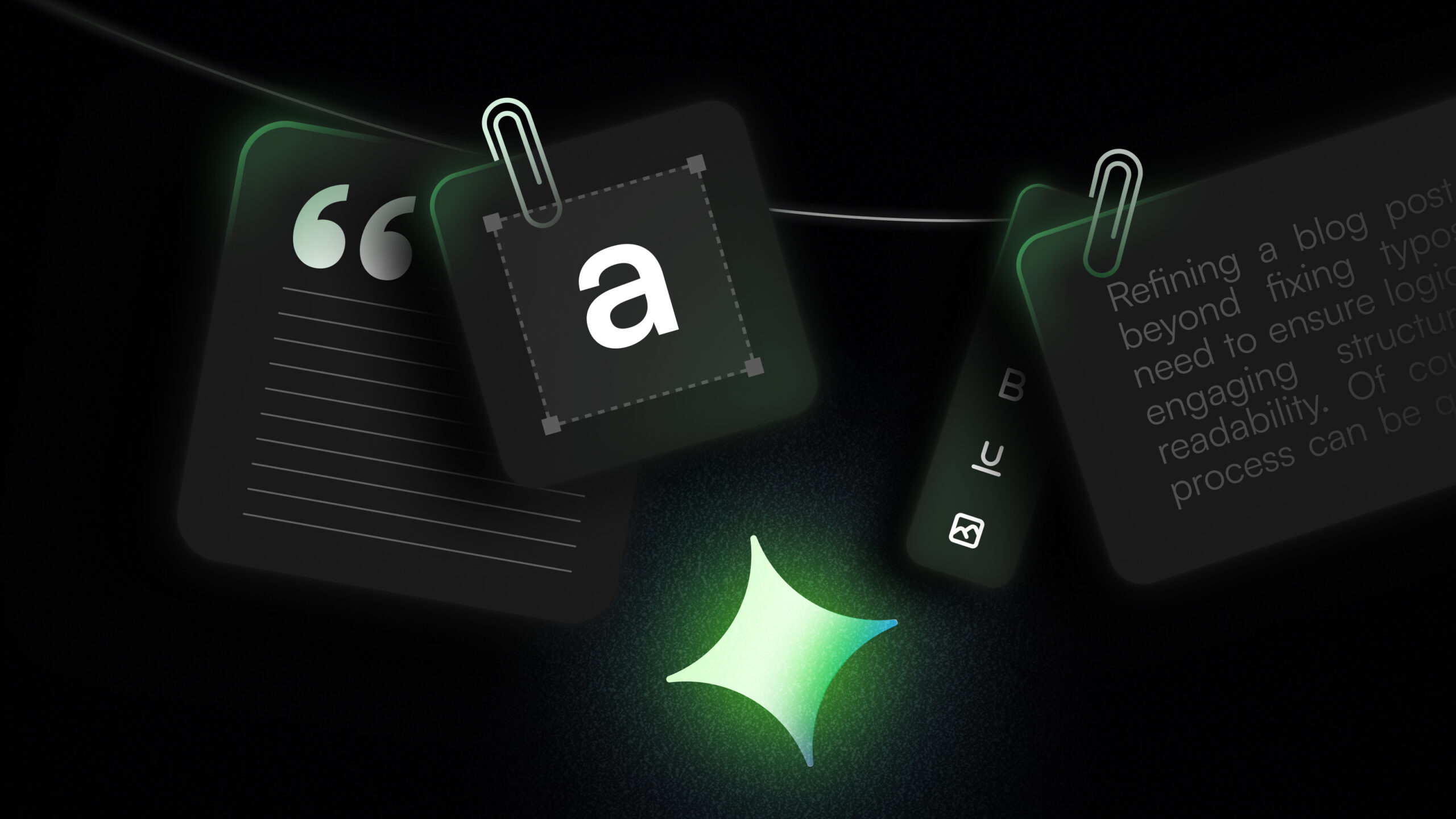
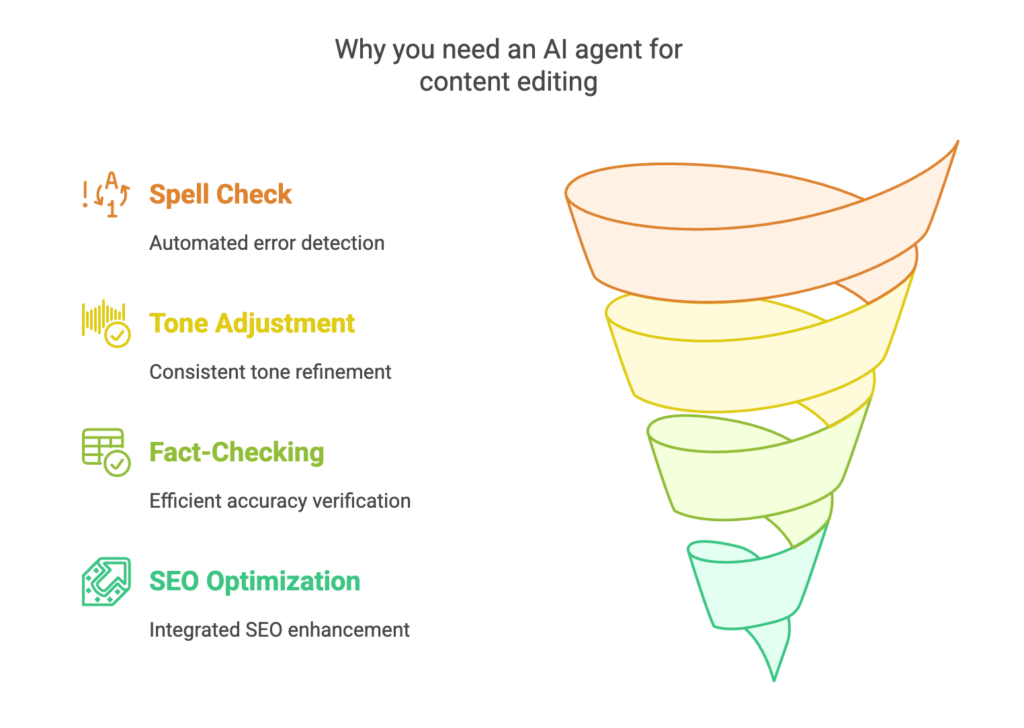
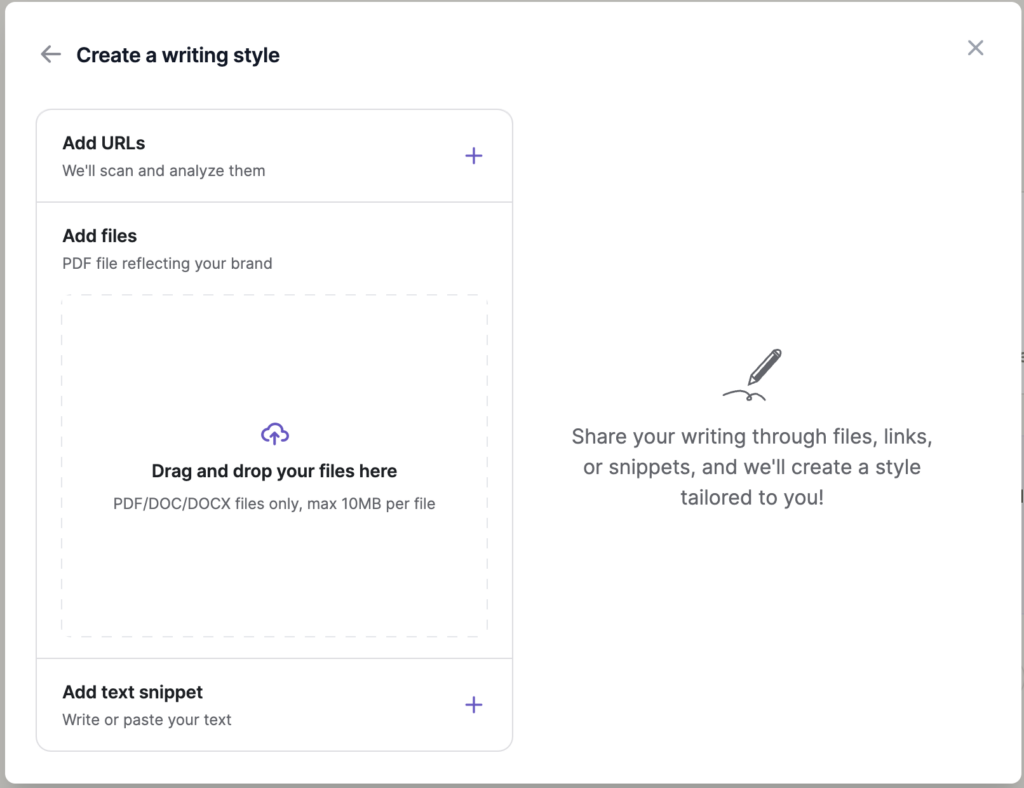

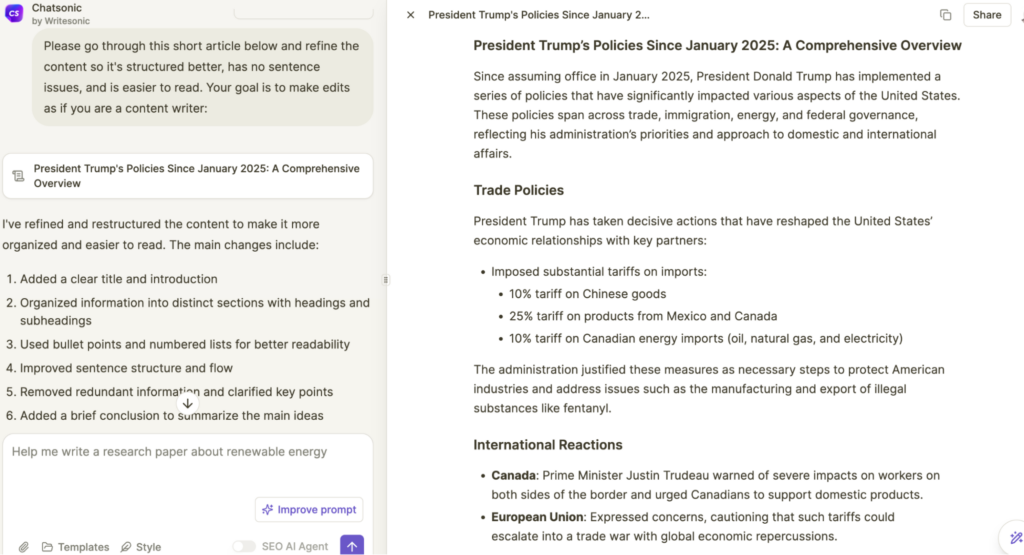
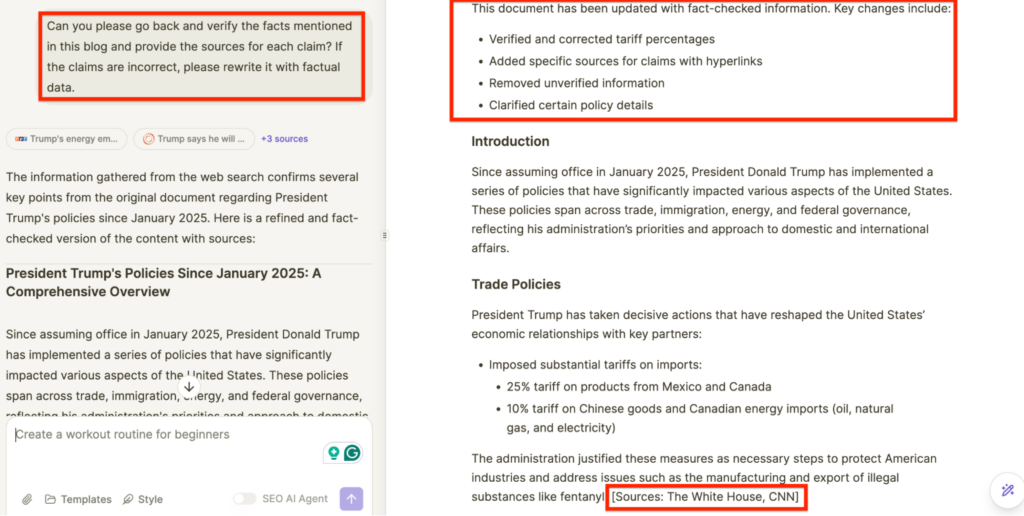
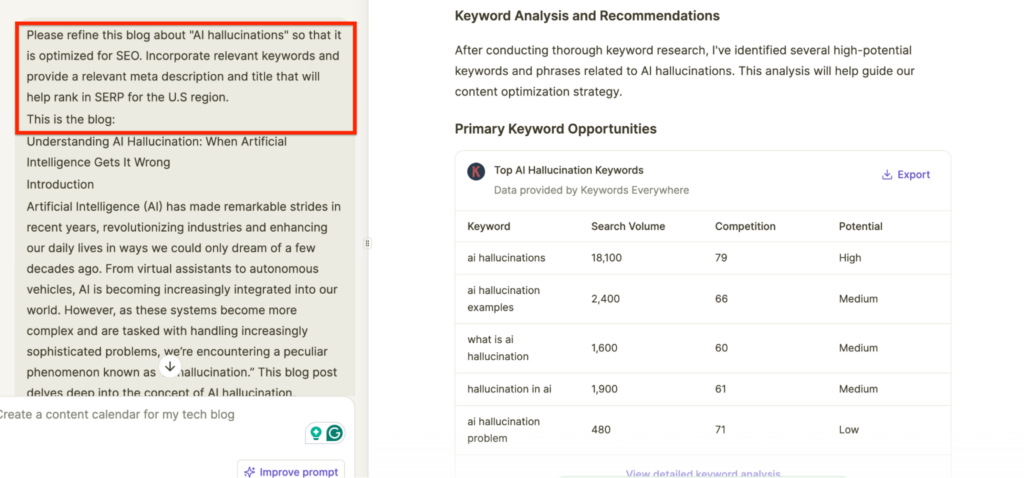

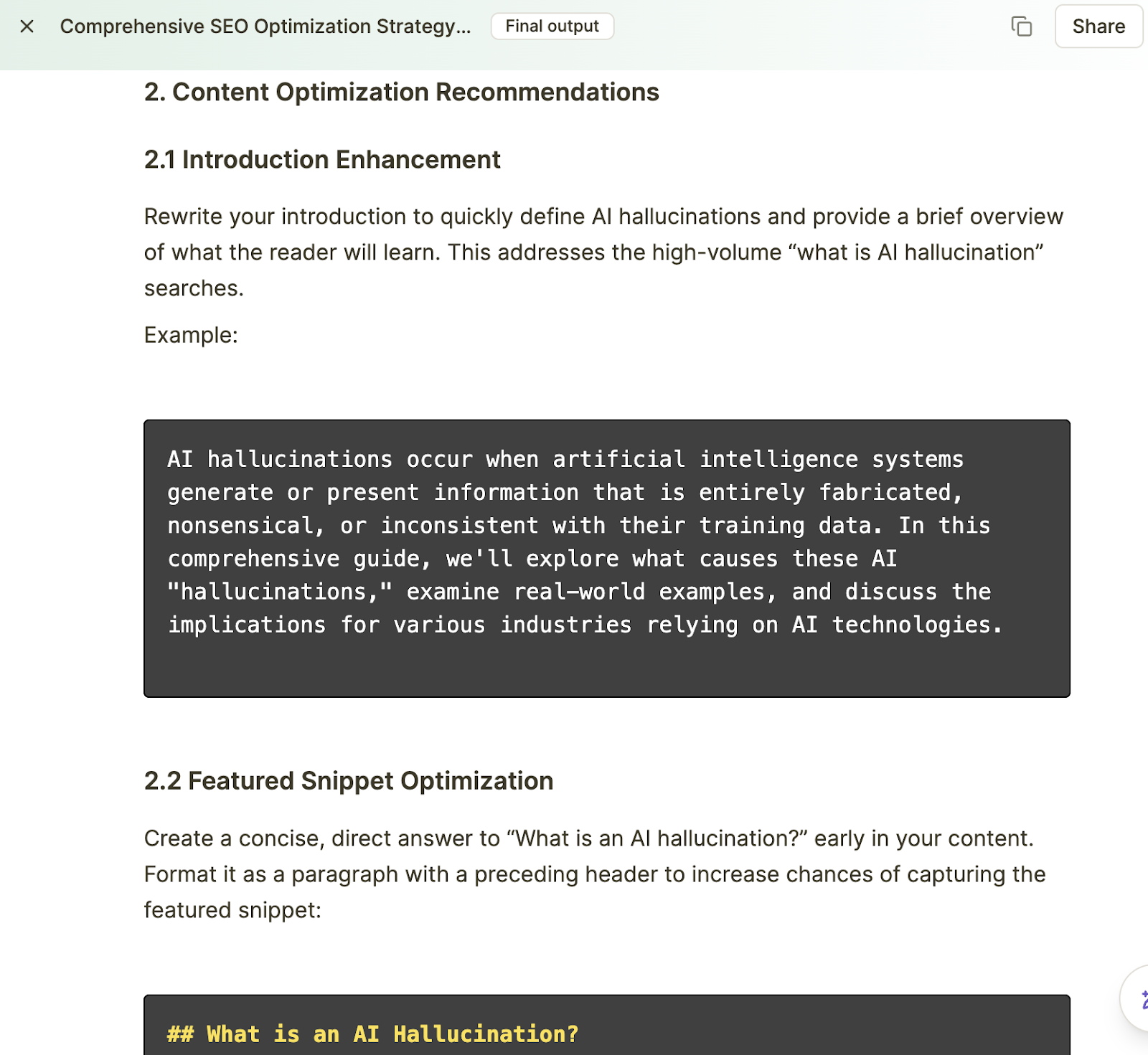
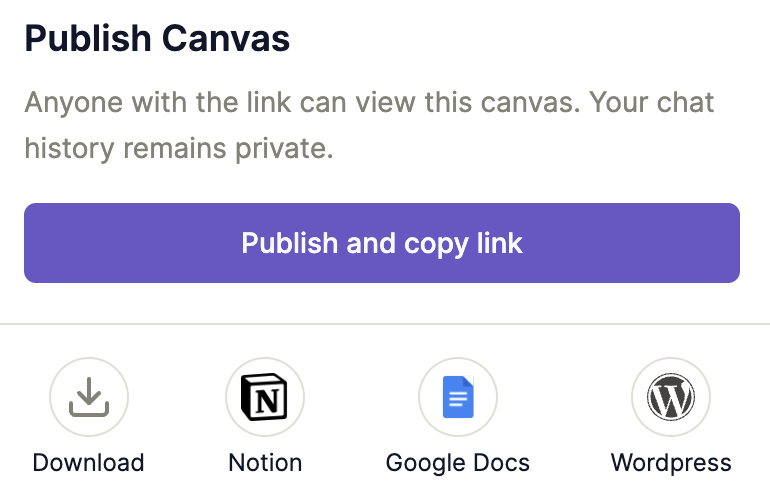
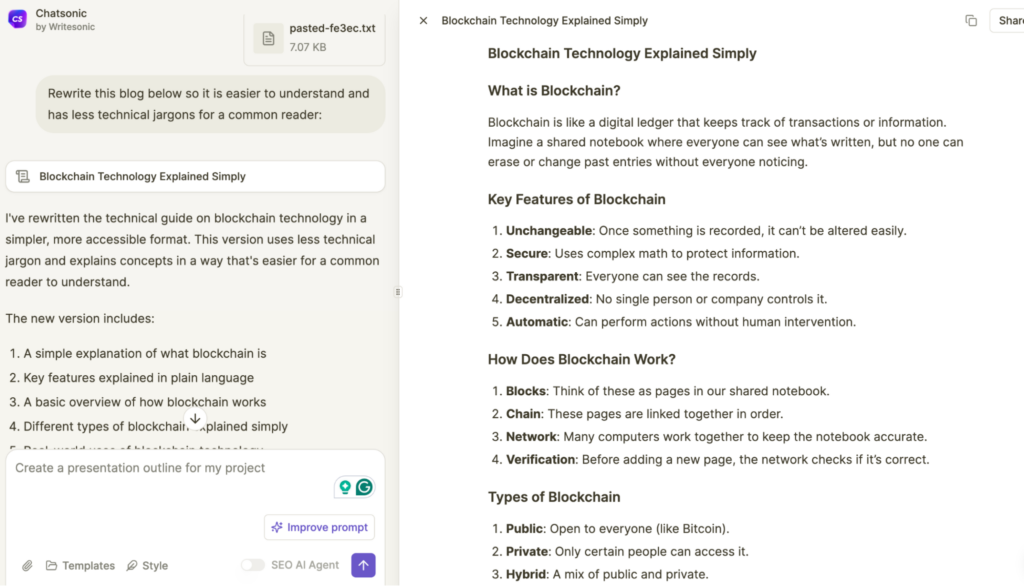
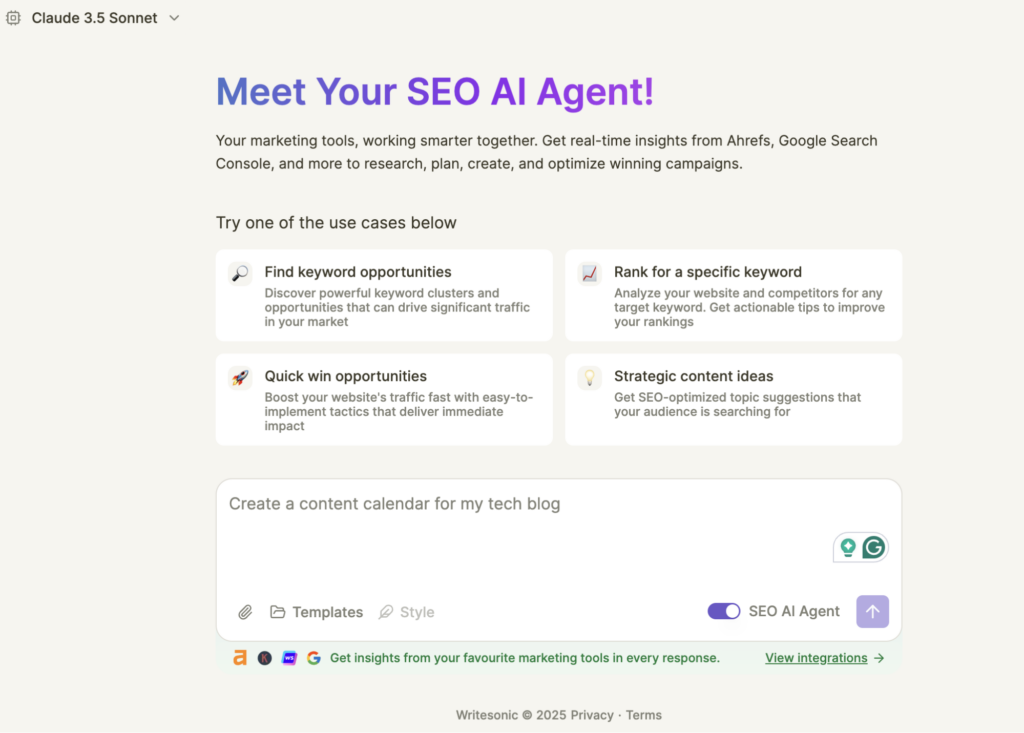



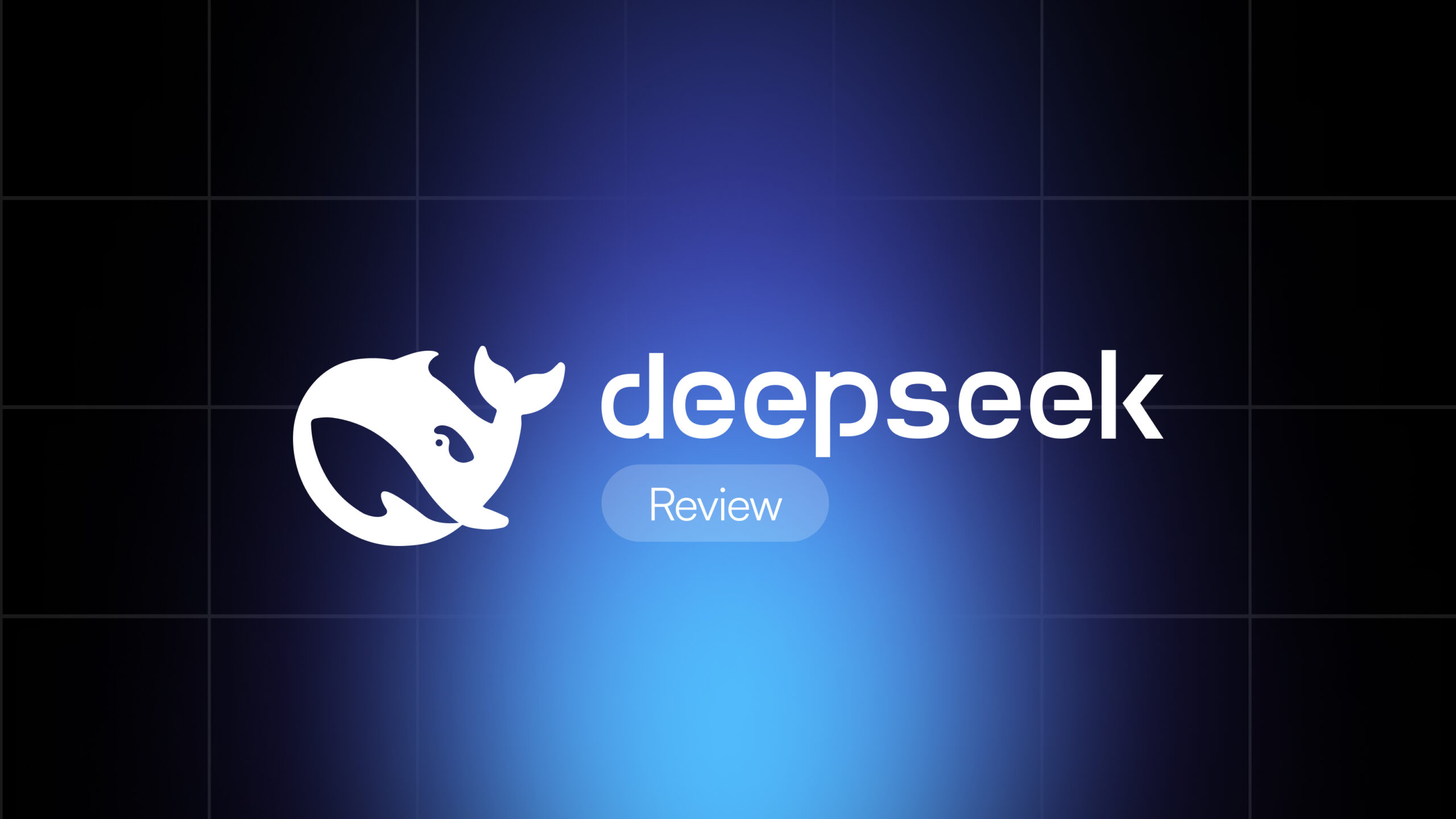




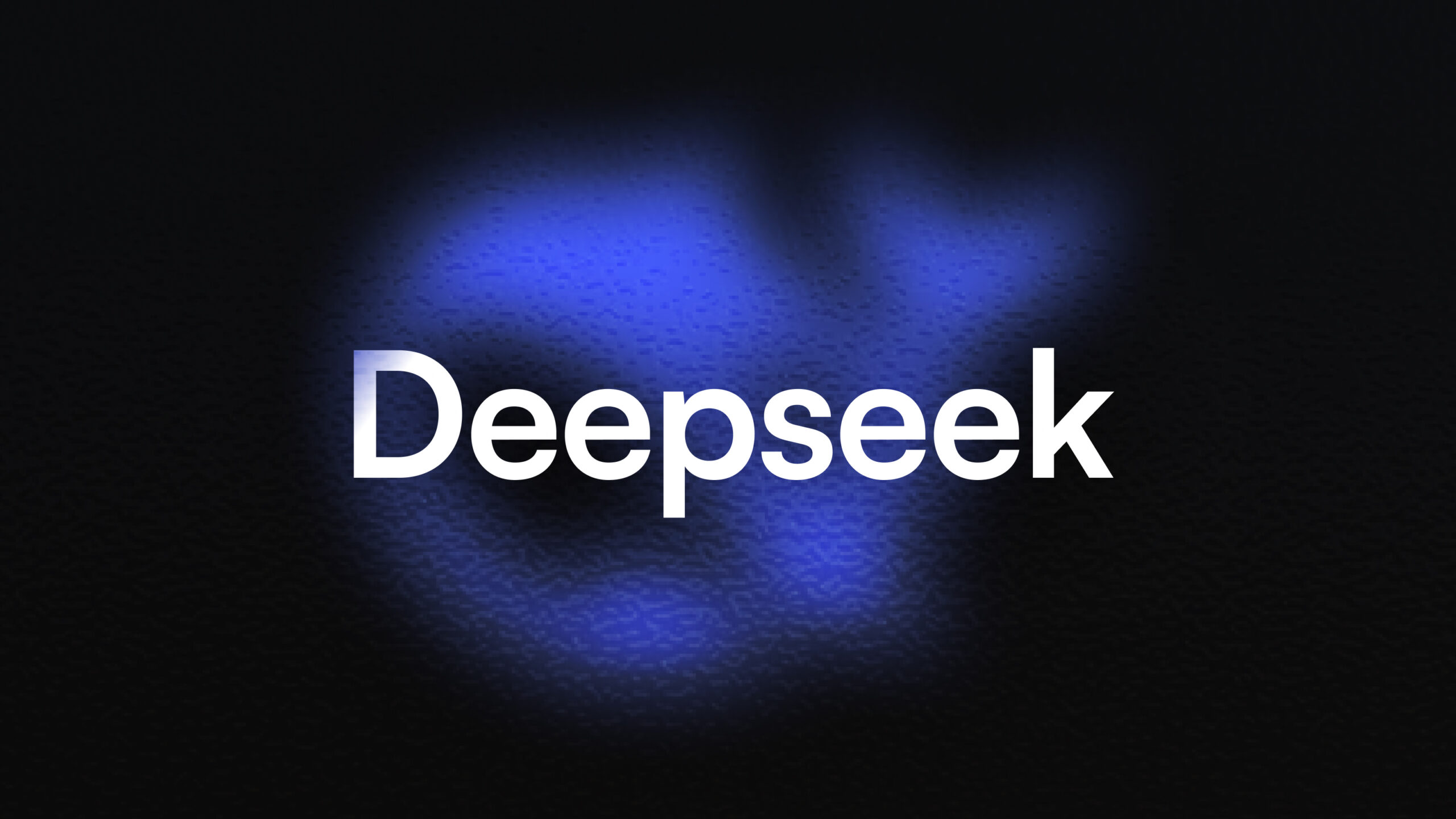
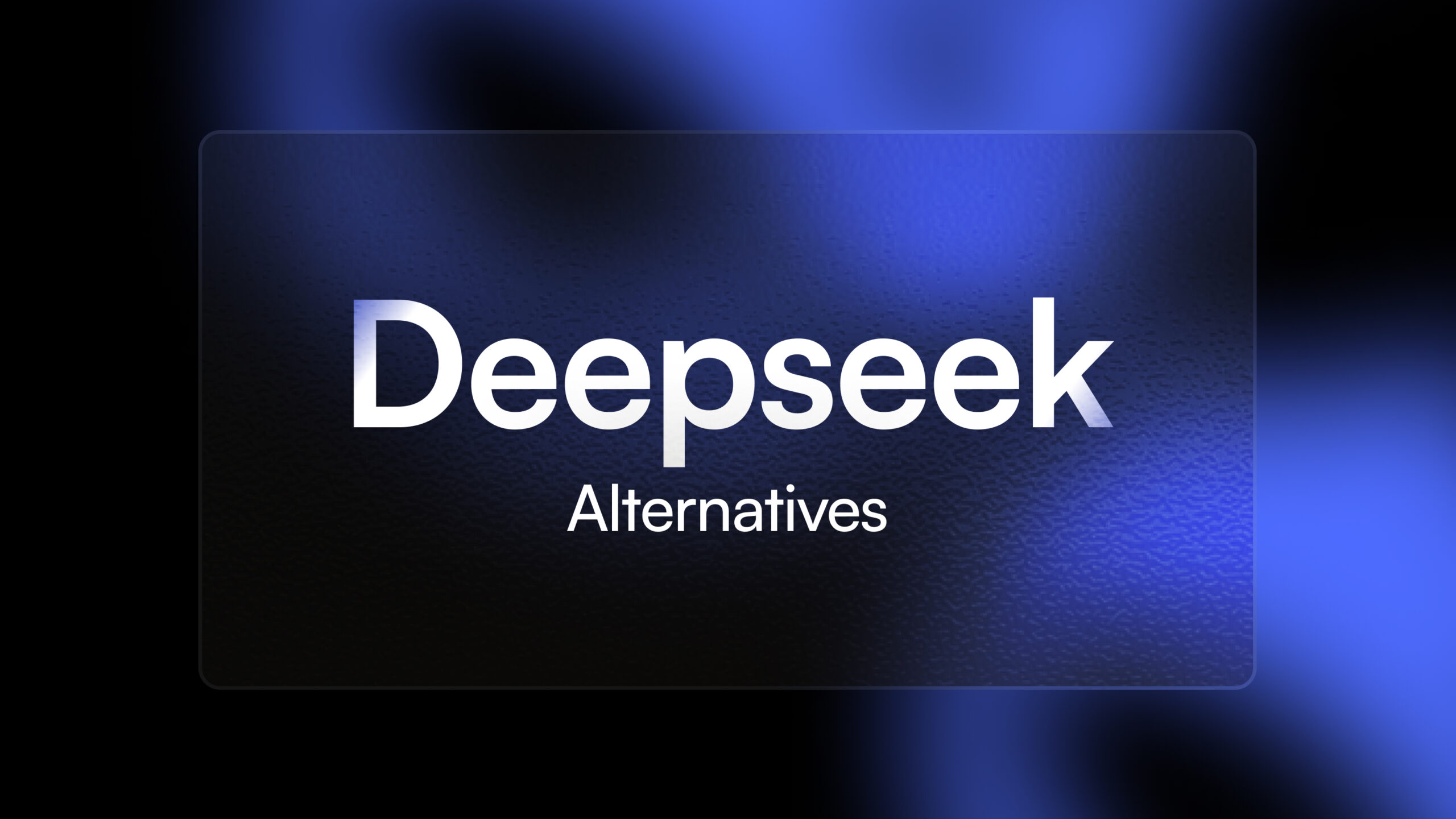


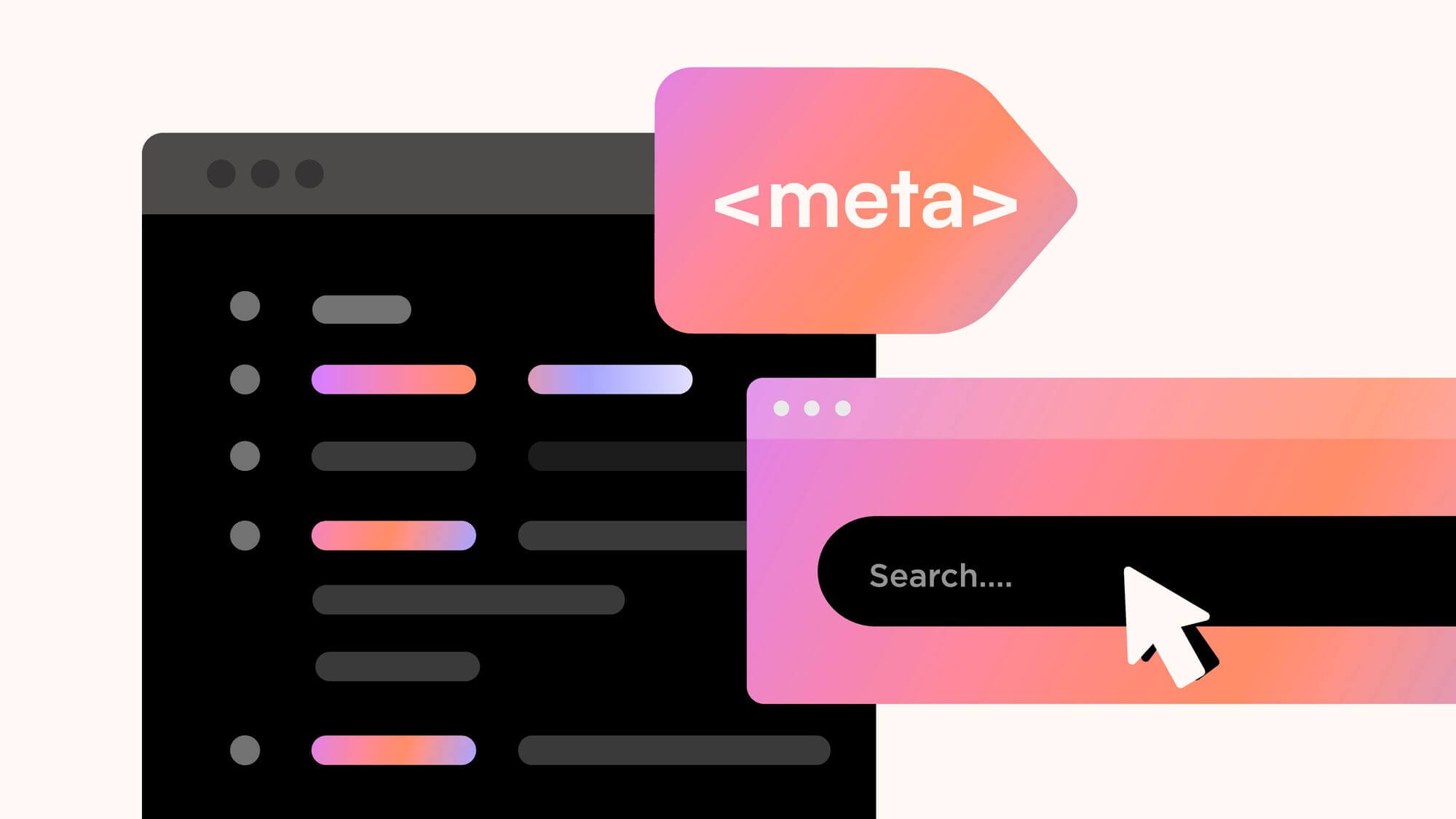

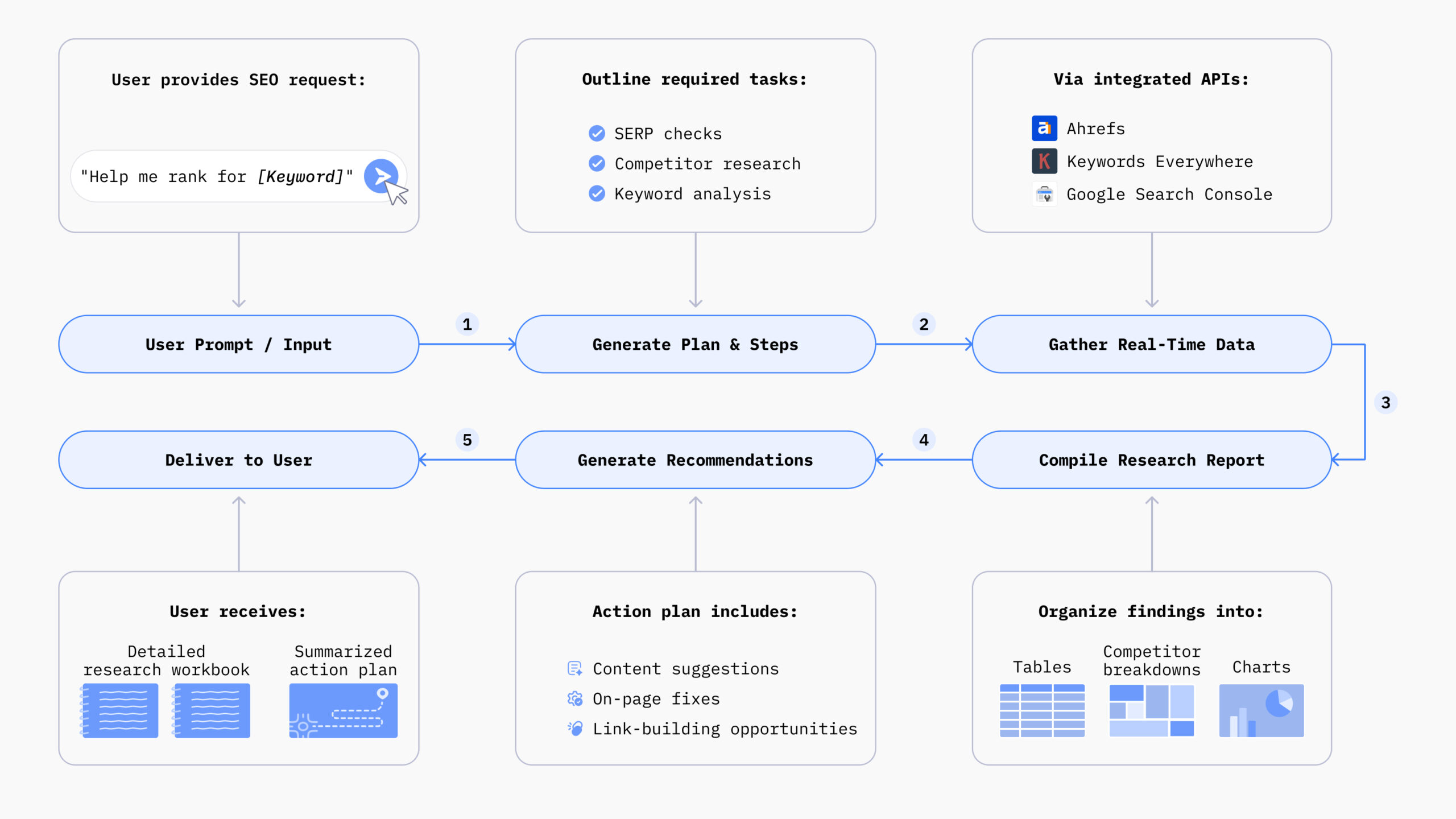






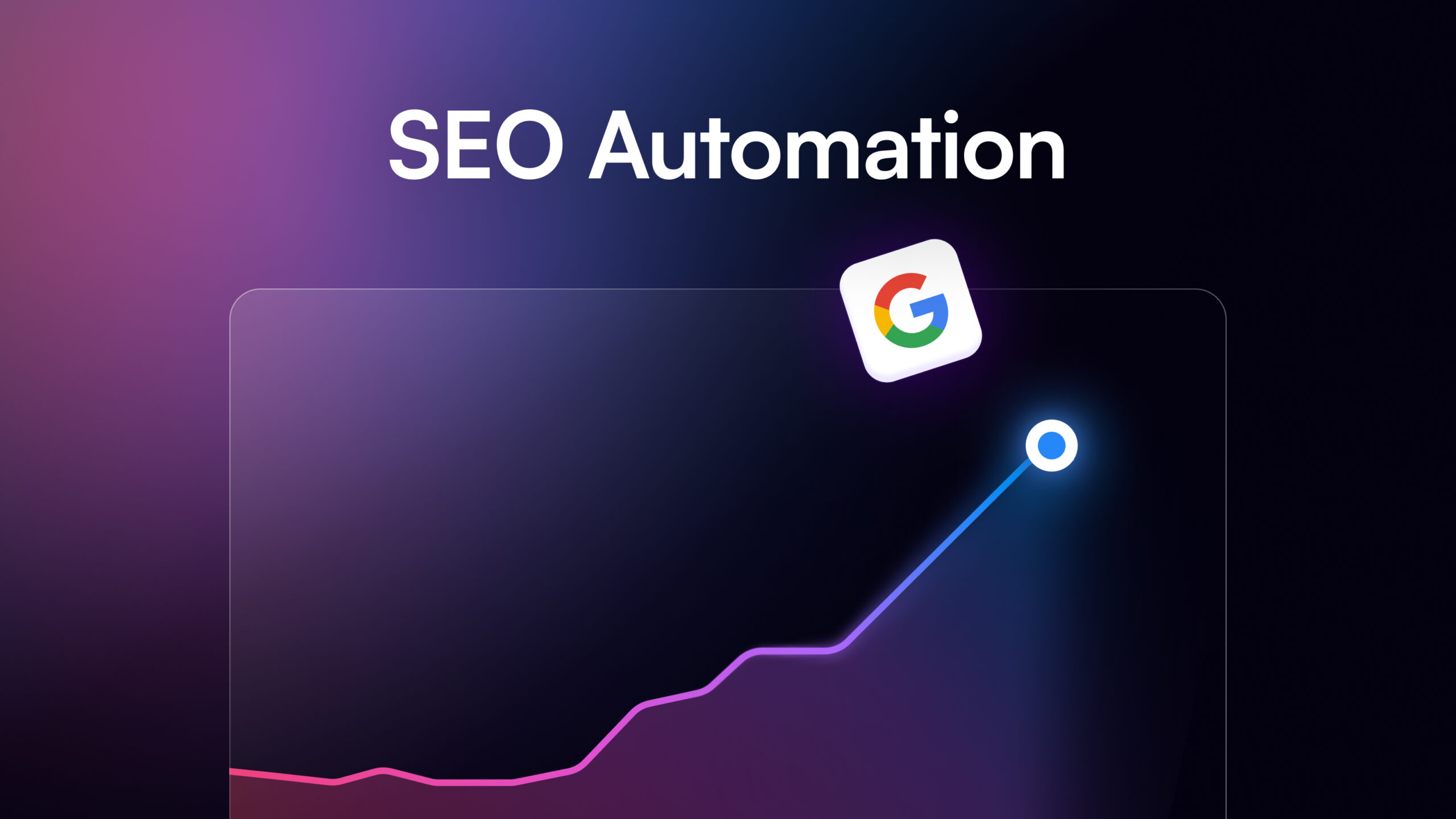



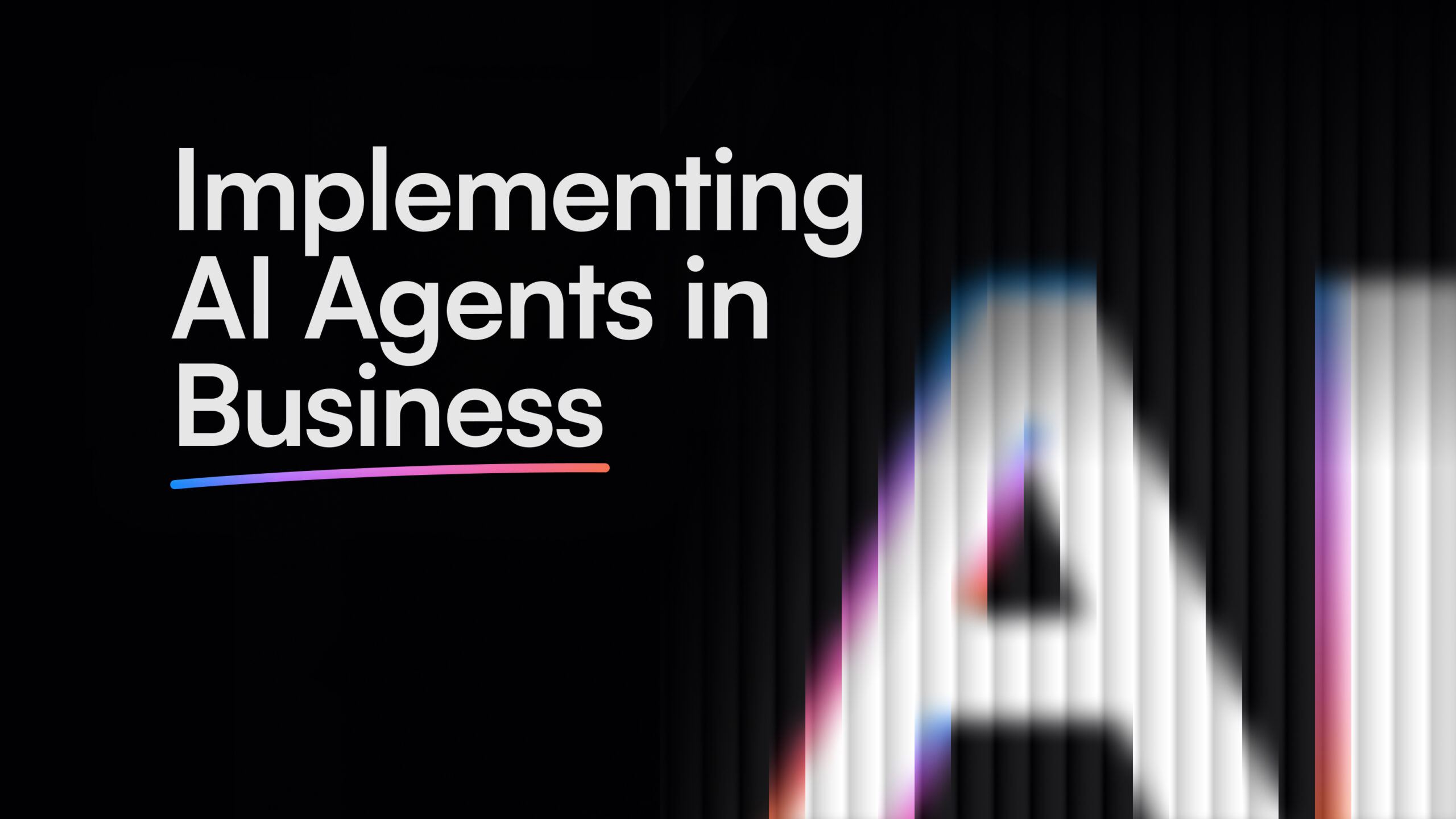

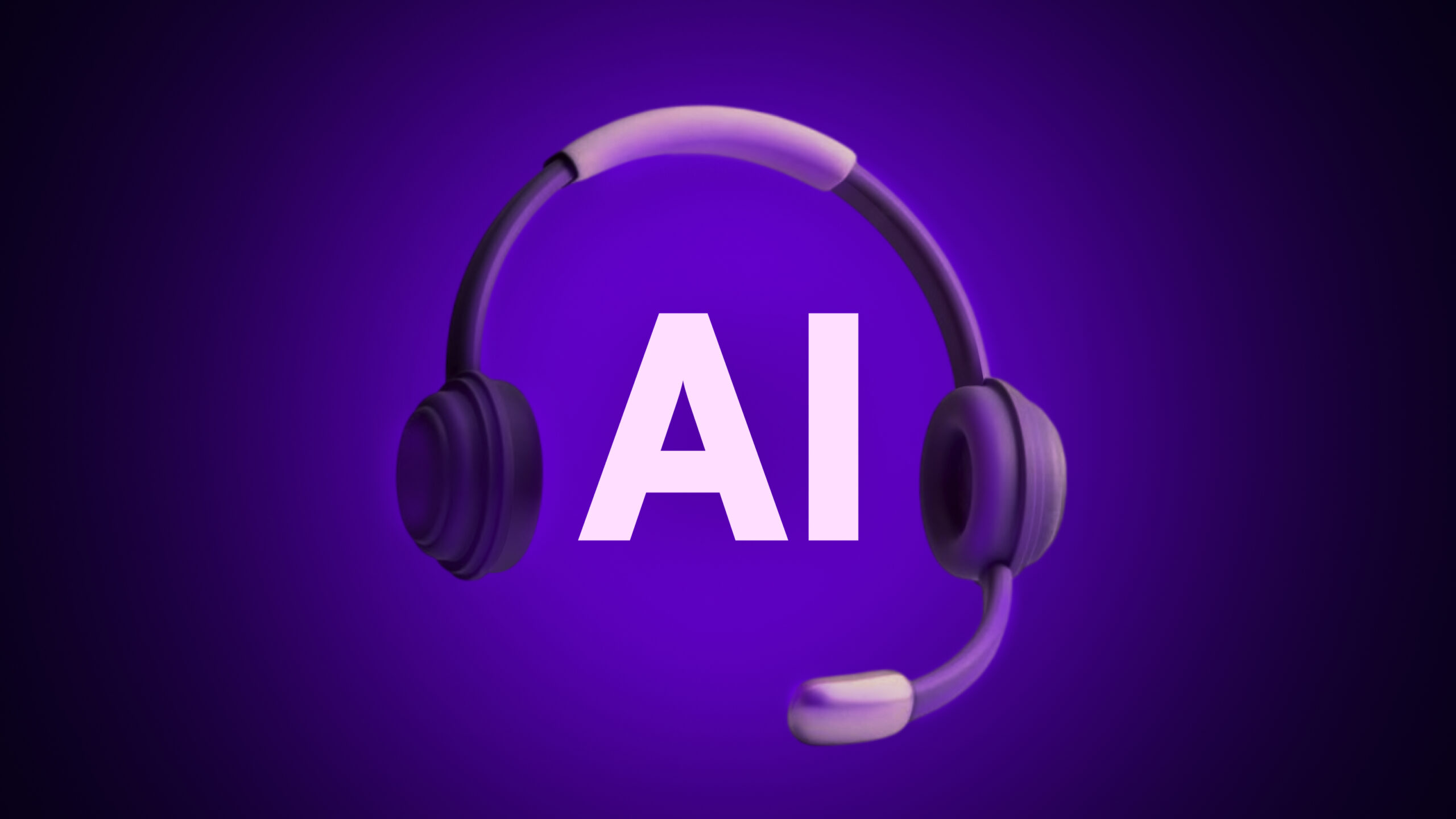
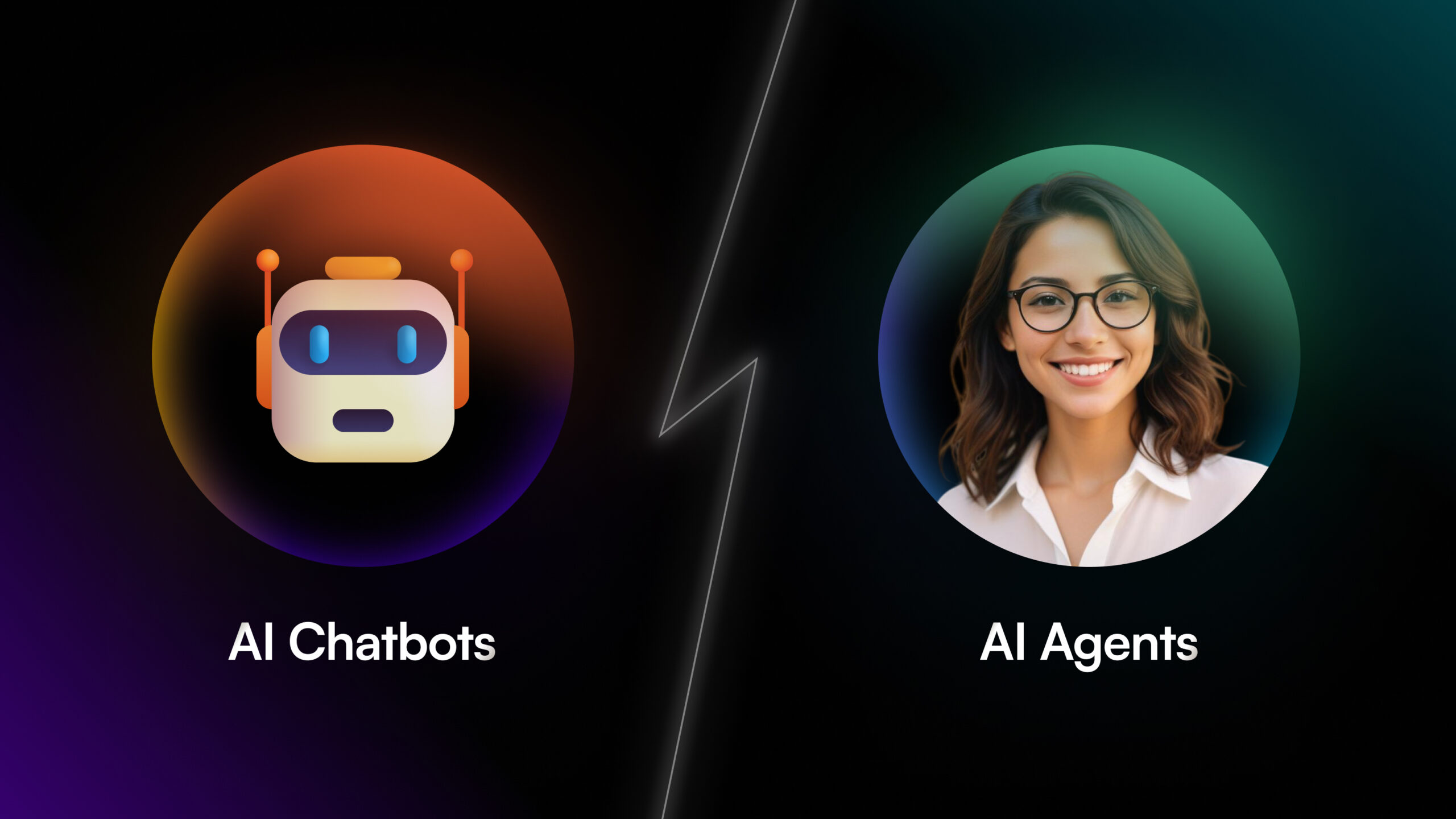
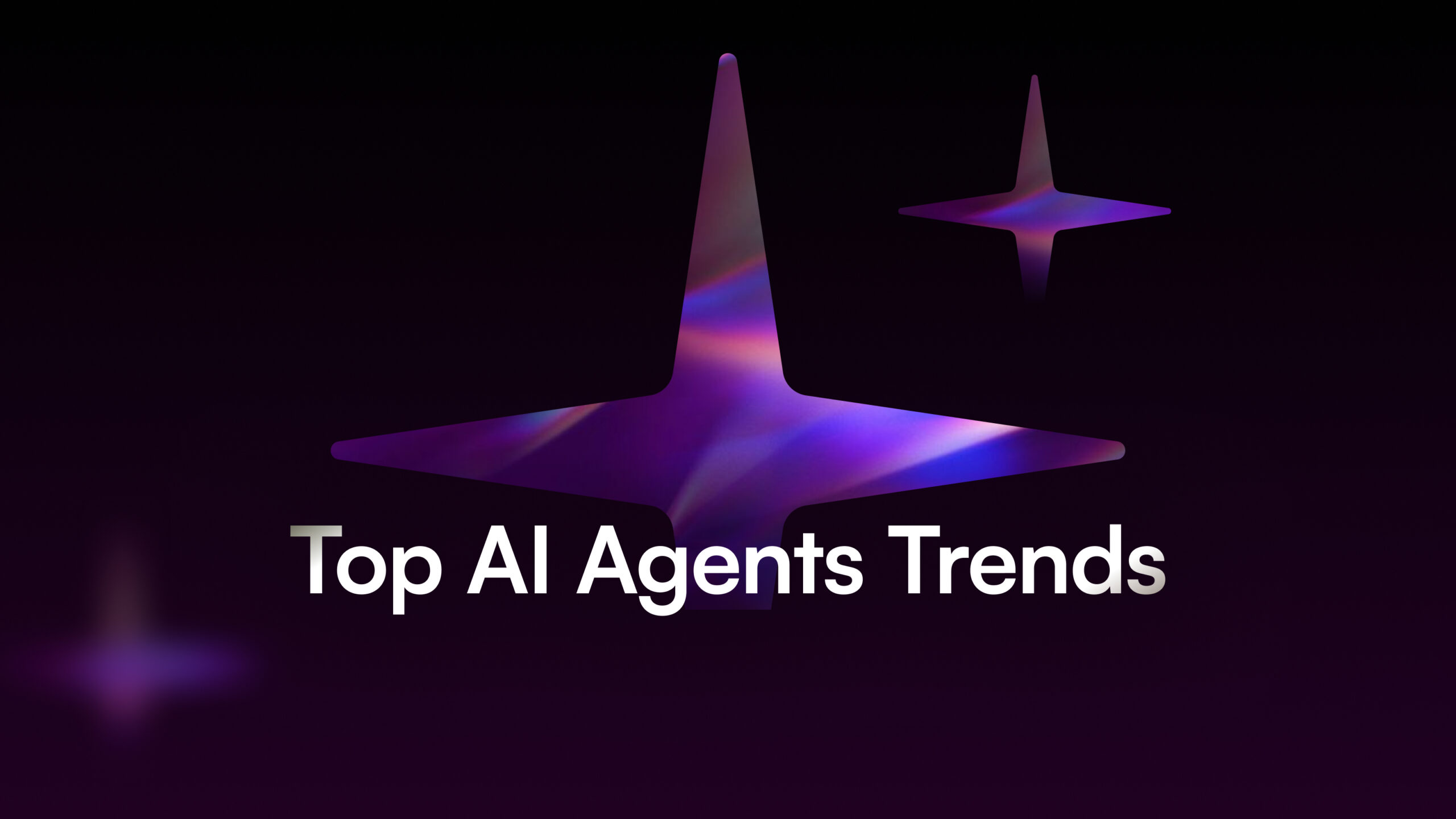

![How to Scale Your Business Using B2B AI Agents [+ Tools to Try]](/wp-content/uploads/B2B-AI-Agents-scaled.jpg)

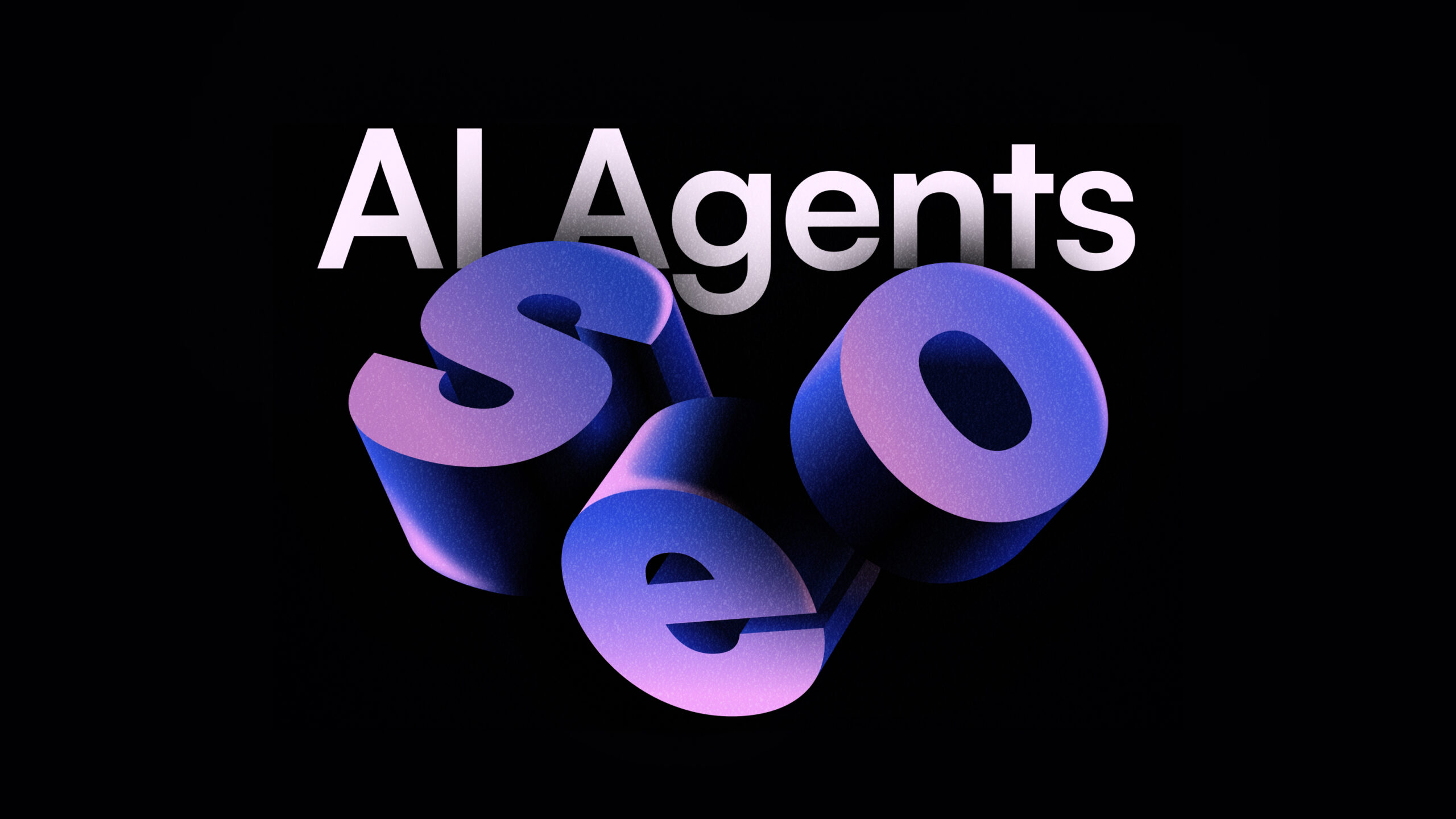
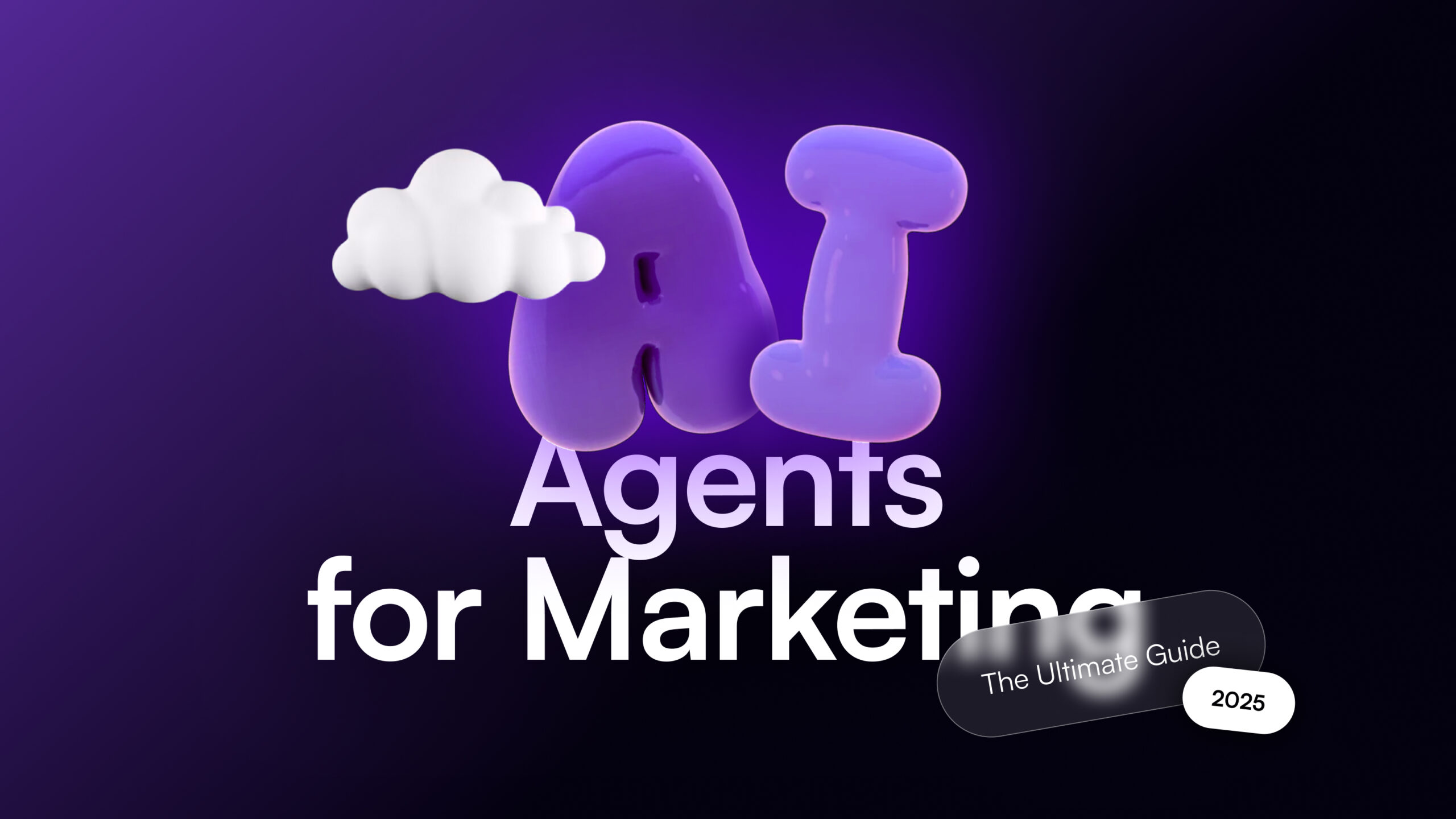

![40 AI Agent Use Cases Across Industries [+Real World Examples]](/wp-content/uploads/AI-Agent-Use-Cases-1-scaled.jpg)
